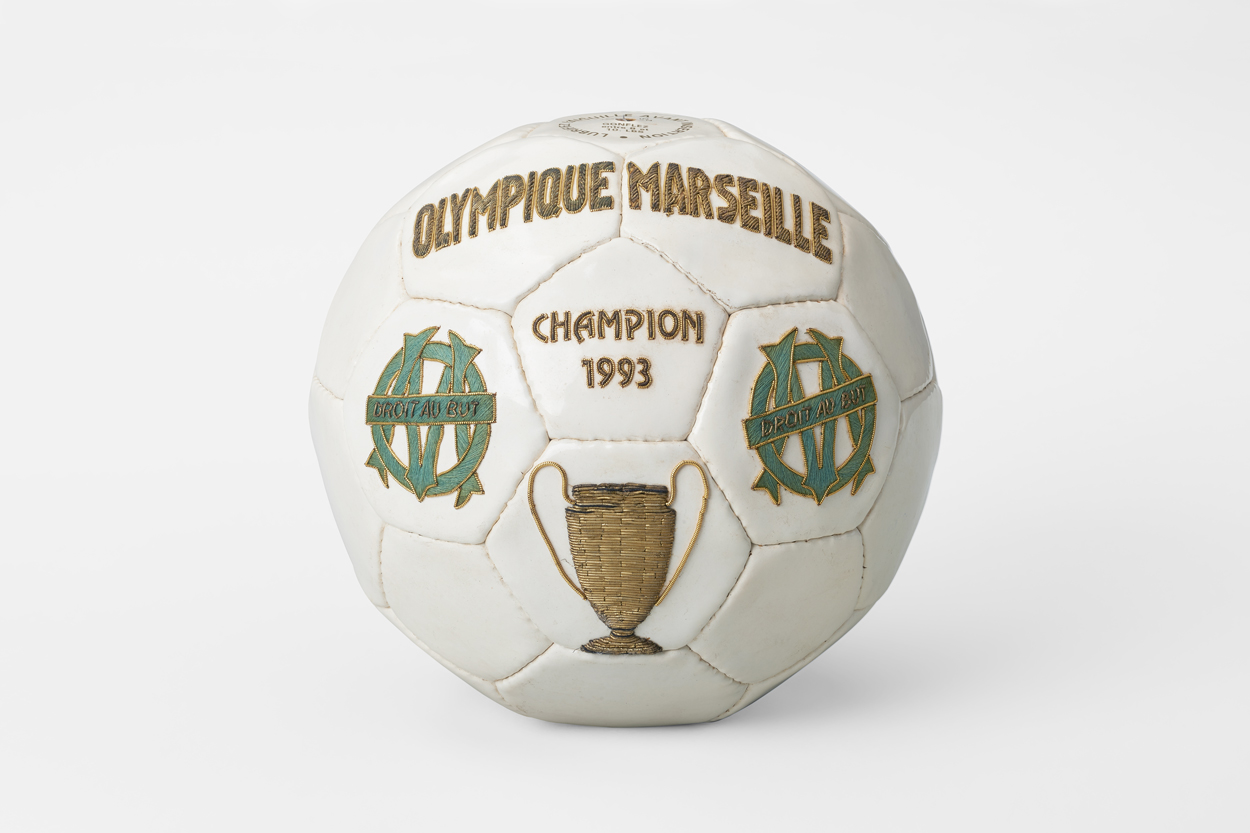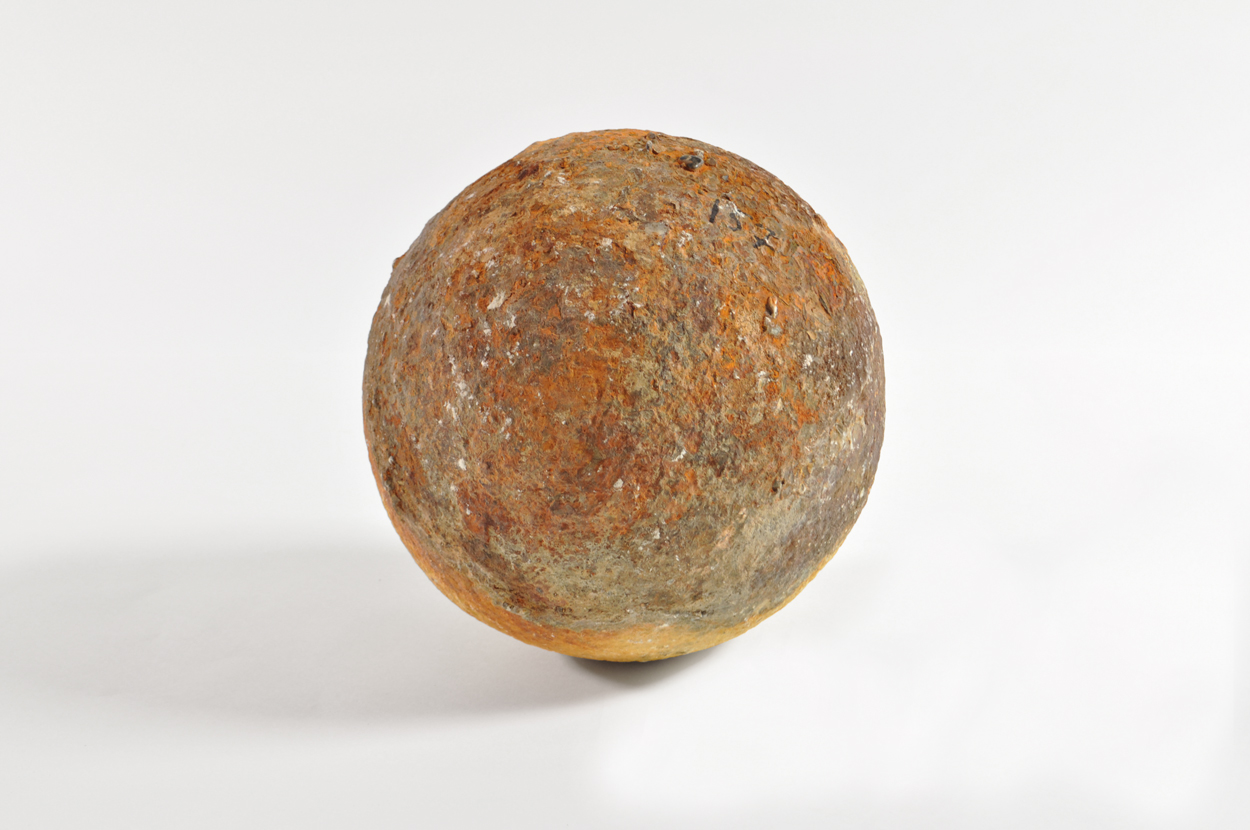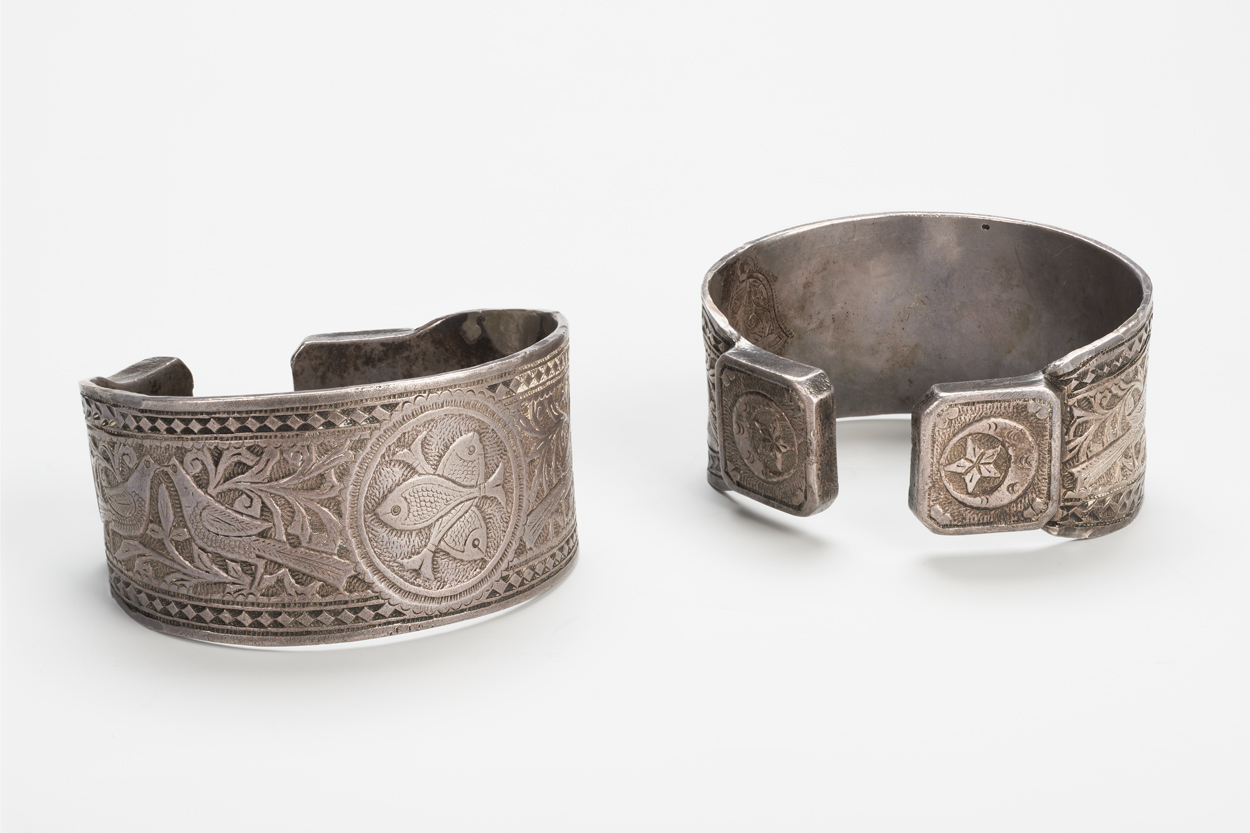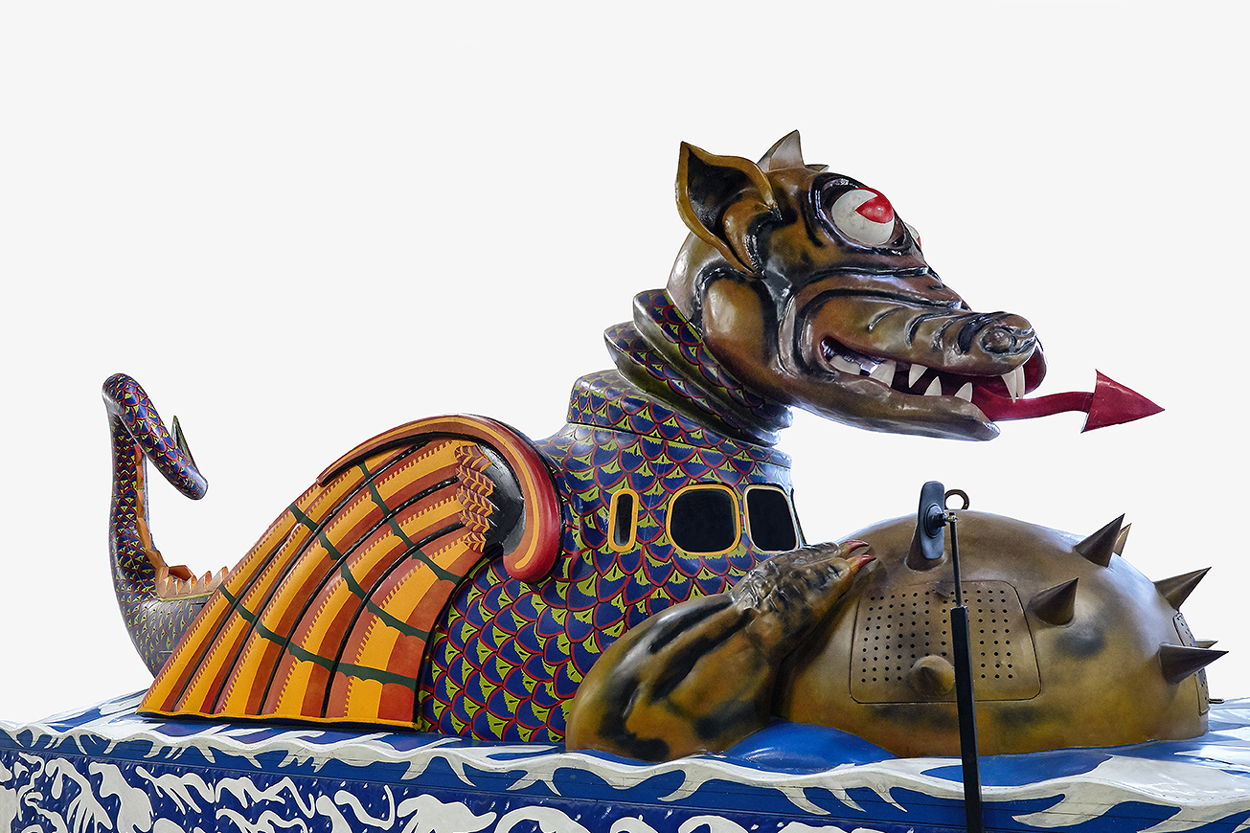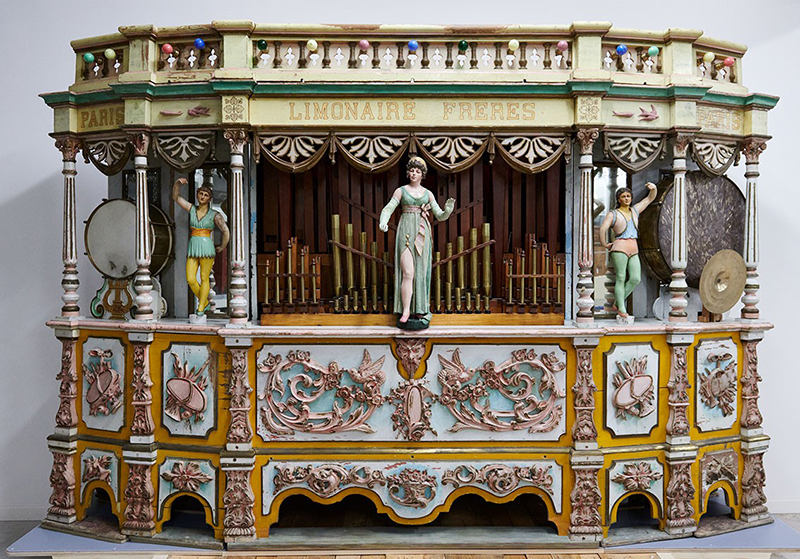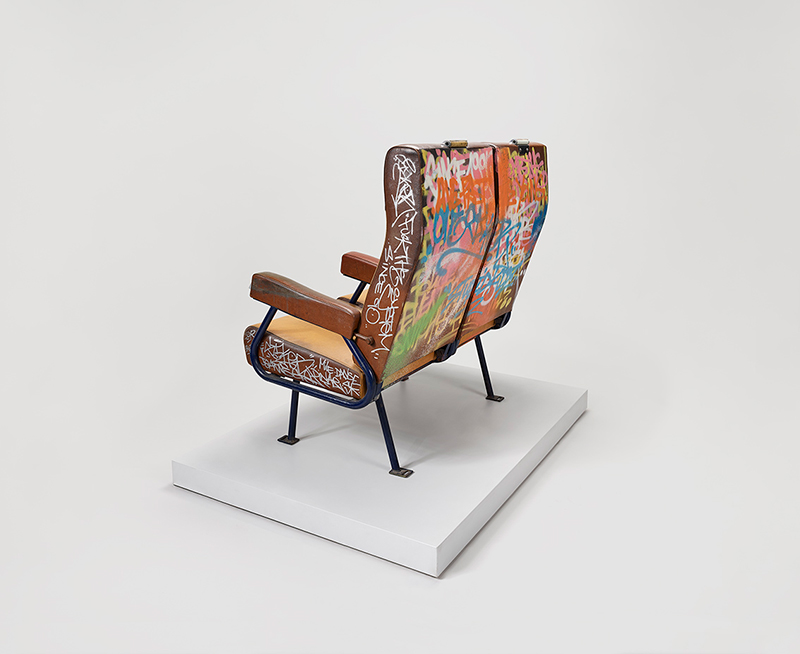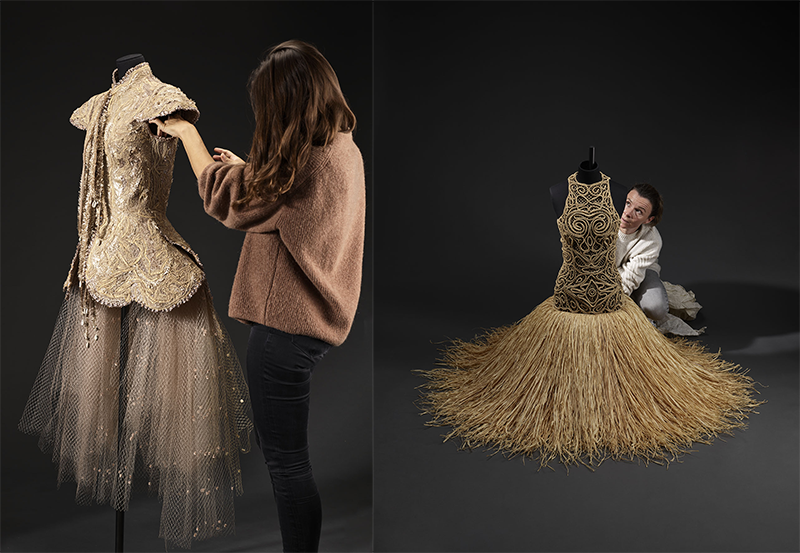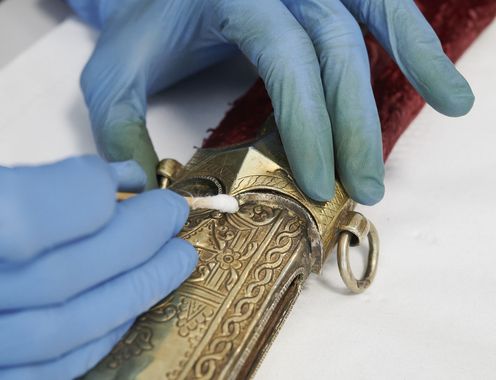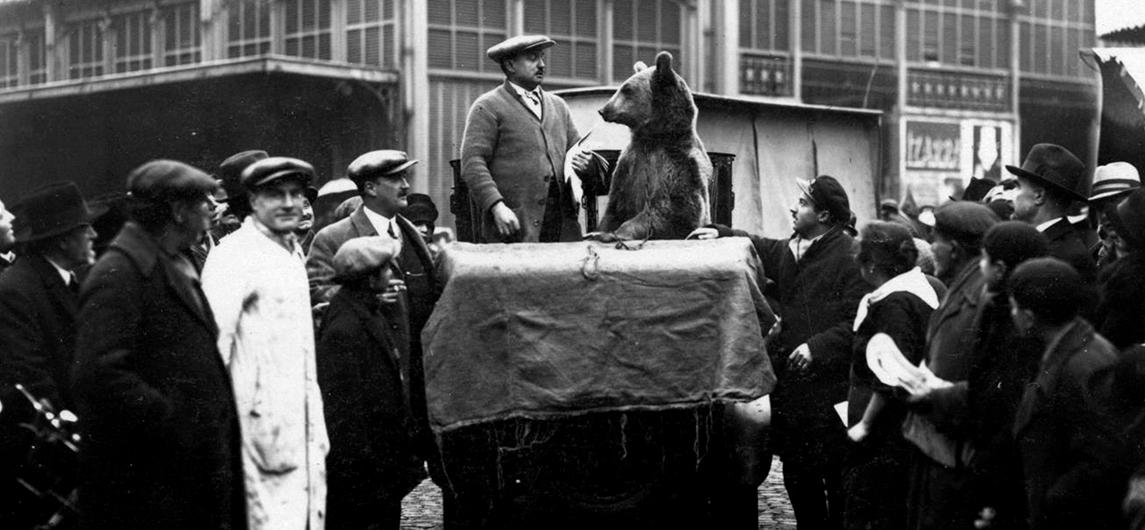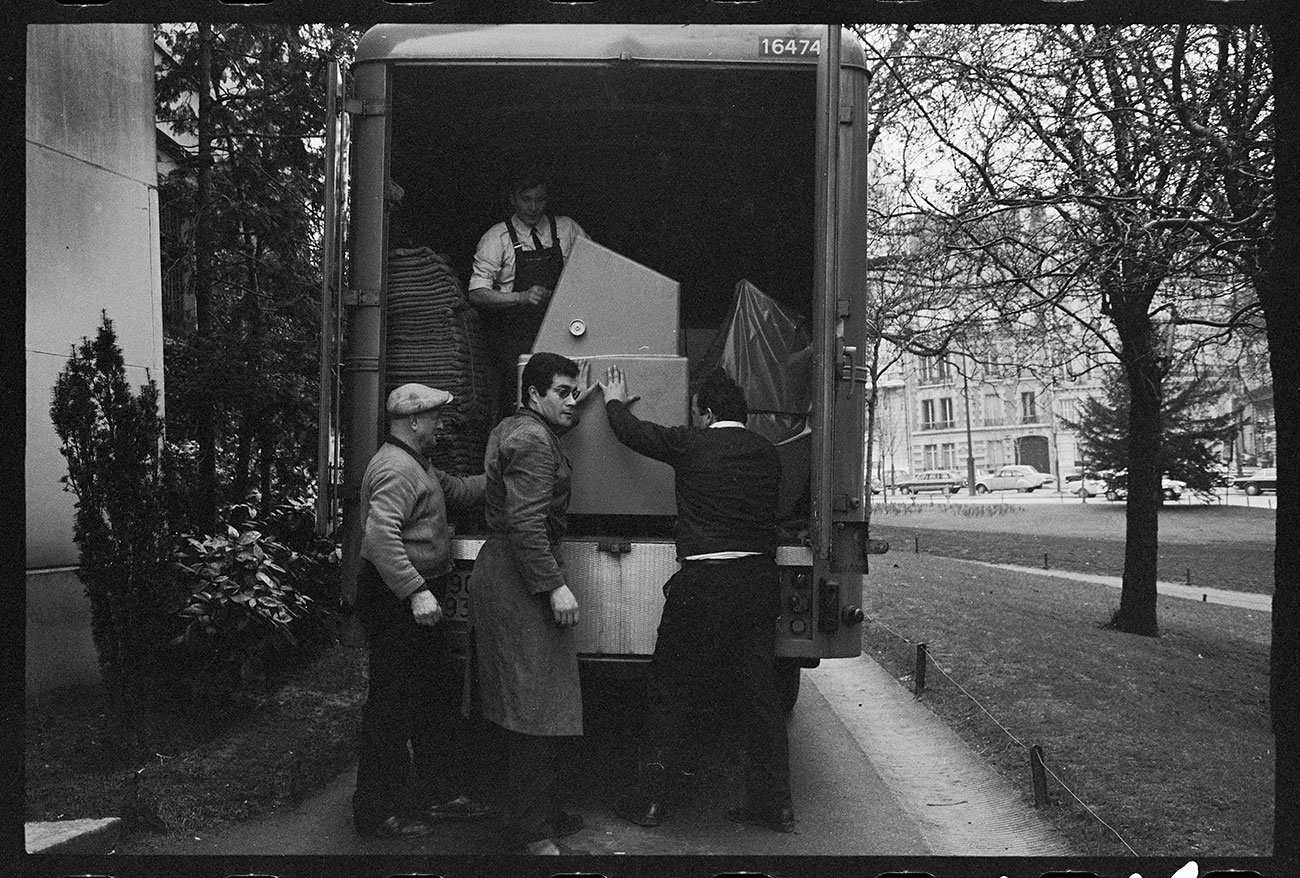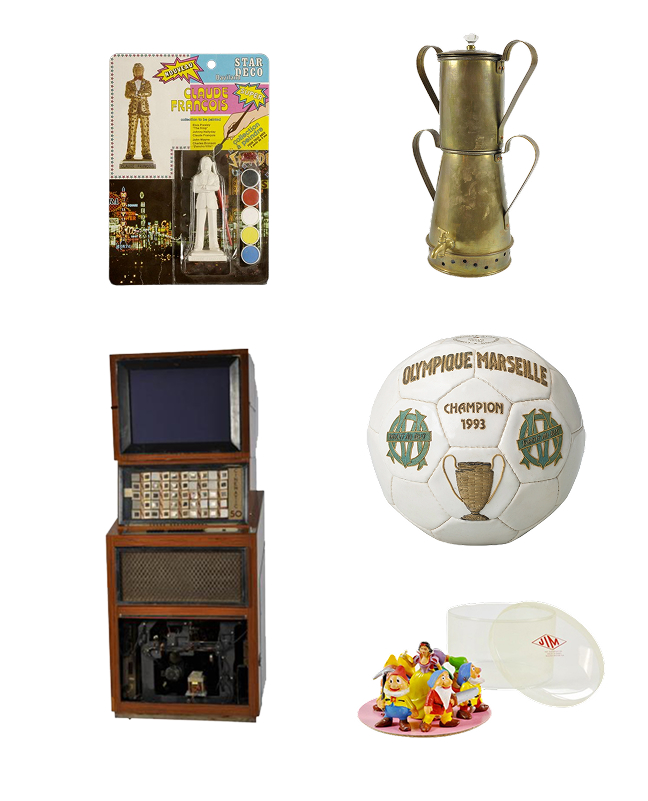
Les collections du Mucem
Héritier du musée d’Ethnographie du Trocadéro et du musée national des Arts et traditions populaires, le Mucem oriente depuis 2005 la politique d’enrichissement de ses collections et fonds ethnographiques vers l’Europe et la Méditerranée.
Le Mucem met à votre disposition des informations issues des bases de gestion des collections, des archives, de la bibliothèque. Malgré un travail de documentation des collections permanent, certaines informations peuvent être encore incomplètes ou inexactes. Si vous remarquez des erreurs ou disposez d’informations complémentaires sur un objet, vous pouvez nous le signaler à contactccr@mucem.org.
Les images les plus anciennes sont de qualité variable, parfois réalisées uniquement à des fins d’identification des objets. Nous les remplaçons au fur et à mesure des campagnes de numérisation.

Explorez par focus
Plongez dans l’immensité des collections du Mucem et voguez au gré des thèmes étonnants imaginés par nos conservateurs. Découvertes et dépaysement garantis !
 Découvrir
DécouvrirTag et graff, un «art illégal» au musée
Entre 2001 et 2006, Claire Calogirou, chercheur associée a mené plusieurs enquêtes-collectes sur le thème du hip-hop, de la danse, du tag et du graff. Pour le graff, ce sont 958 objets qui ont été portés à l’inventaire du Mucem ce qui représente une étonnante collection de panneaux graffés, affiches, autocollants, marqueurs, bombe aérosol, magazines, esquisses, photographies, vidéos, etc. Cette enquête très riche permet une réflexion sur les rapports sociaux en milieu urbain, la question de l’appropriation de l’espace public et de sa conquête par des pratiques qui se revendiquent de la rue. Découvrir
DécouvrirFootball & identités
Une enquête-collecte méditerranéenne
L’enquête-collecte « Football & identités », représente 3 ans d’investigations, menées de 2014 à 2016, dans 10 pays de la zone méditerranéenne : Algérie, Bosnie-Herzégovine, Espagne, France, Israël, Italie, Maroc, Palestine, Tunisie et Turquie.
4 chercheurs en sciences humaines – Christian Bromberger, Abderrahim Bourkia, Sébastien Louis et Ljiljana Zeljkovic – accompagnés parfois d’un conservateur – Florent Molle – et de photographes – Giovanni Ambrosio et Yves Inchiermann – ont collecté plus de 400 objets, environ 3000 photographies et plus de 6h d’enregistrements vidéo. Les objets et photographies collectés doivent, à leur retour du terrain et après étude, être présentés dans les commissions d’acquisition du Mucem pour intégrer ou non les collections publiques et être mis à disposition du public. Découvrir
DécouvrirCélébrité!
Objets de culte et star system dans les collections du Mucem
Une robe, une console, une boucle de ceinture, un maillot de foot, une paire de chaussures, un maillot de bain, un poste de radio: voici l’énumération de simples objets du quotidien, témoins de leur époque. Cette liste n’aura pas le même impact si on y accole les noms des personnes auxquelles ils ont appartenu: la robe d’Edith Piaf, la console de mixage des Pink Floyd, la boucle de ceinture de saint Vincent Palotti, le maillot de foot de Cristiano Ronaldo, les chaussures de Mistinguett, le maillot de bain de Miss France, le «cataposte» de Psykose. D’anodins, ces objets se chargent de pouvoir, étincellent des feux de la célébrité. Ils en deviennent désirables et «magiques». Mais ces reliques ont un prix qui, lui aussi, est loin d’être anodin…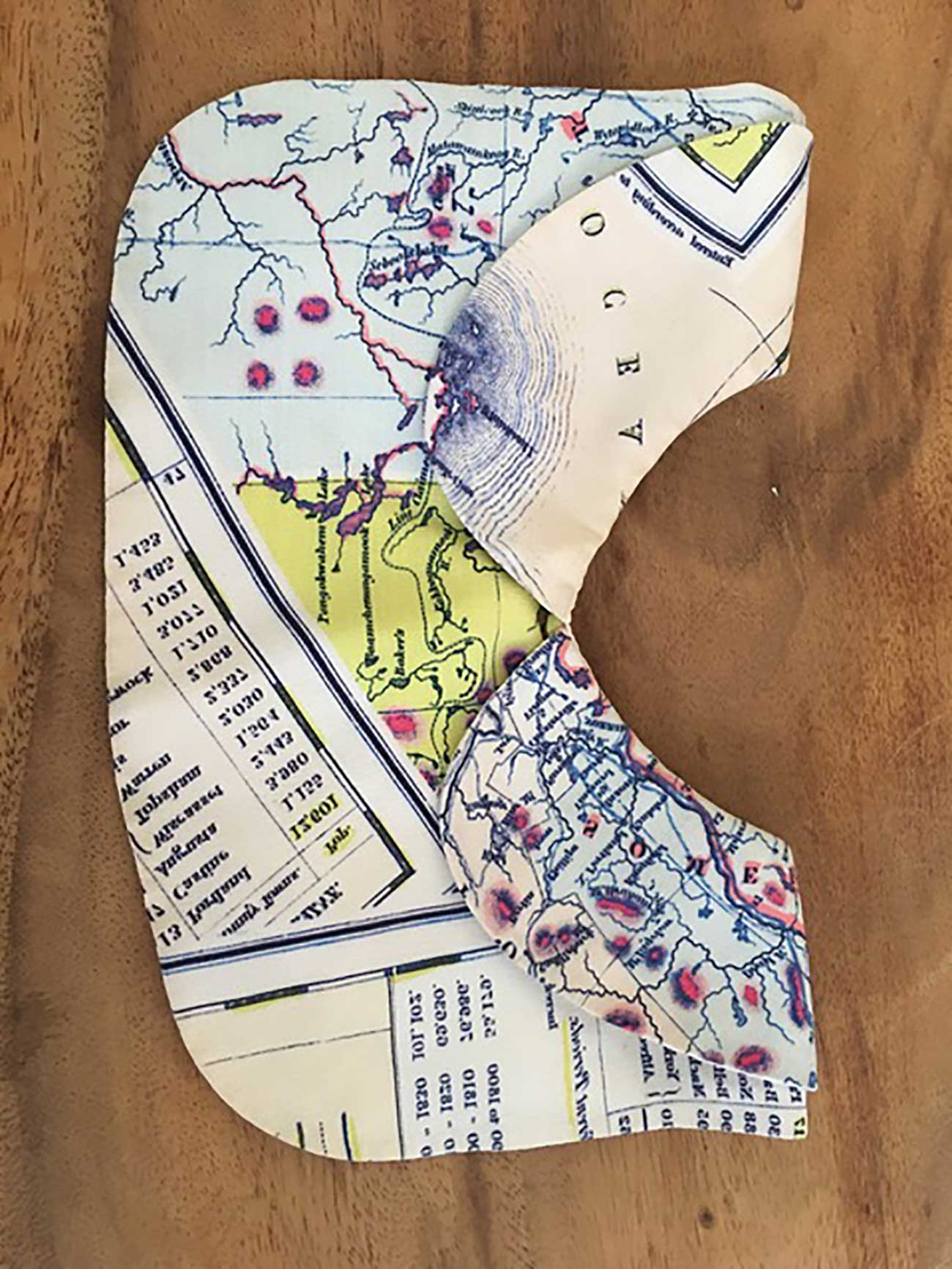 Découvrir
Découvrir«Vivre au temps du confinement», la collection
En avril 2020, le Mucem lançait une grande collecte participative autour de nos vies confinées. Vous avez été nombreux à y répondre.
Le Mucem a reçu plus de 600 propositions, encore à ce jour en cours d’analyse, et dont certaines entreront, à la fin du processus d’étude, dans ses collections. Un livret numérique recense l'ensemble des propositions que cet appel aura permis de collecter, et dont voici quelques exemples : Découvrir
DécouvrirGare aux sorciers!
La magie et la sorcellerie, certains d’entre nous les considèrent comme des superstitions risibles, d’autres y croient, beaucoup hésitent. Mais y croire a mauvaise réputation auprès des esprits forts: les croyances, c’était bon pour nos ancêtres et surtout à la campagne, ou c’est encore bon pour les pays en voie de développement—en tout cas pas chez nous, pas aujourd’hui et certainement pas en ville. Pourtant l’observation des comportements de nos contemporains montre que les progrès de la science n’ont pas marqué la fin des mystères et des croyances, ni dans la France post-industrielle ni ailleurs. Souvent impuissants face au malheur, la souffrance, l’angoisse, les hommes ne se contentent pas des réponses apportées par la science. Celle-ci laisse une place apparemment irréductible à d’autres principes et d’autres systèmes de représentation du monde.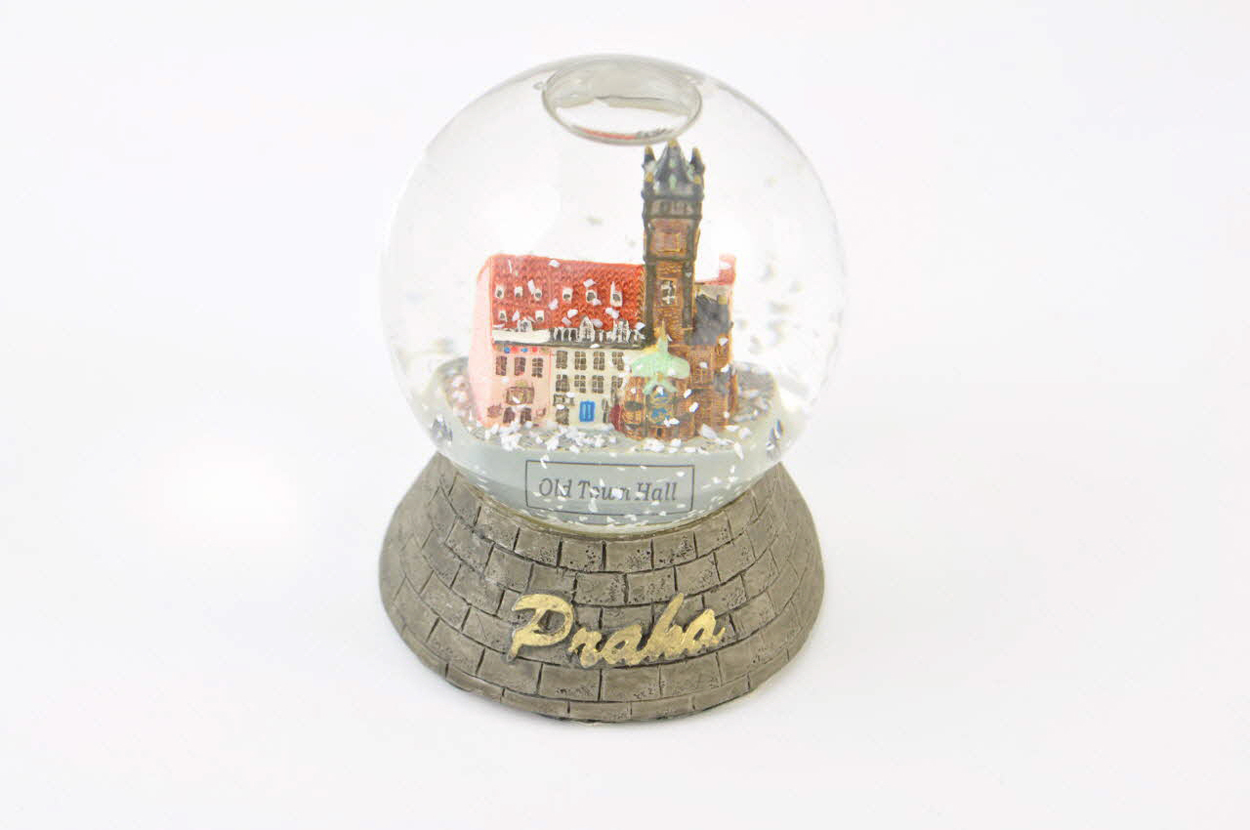 Découvrir
DécouvrirAbécédaire insolite!
Que font ces objets au Mucem ?
Comme l’indique son nom, le Mucem est un musée de civilisations. C’est-à-dire qu’il s’intéresse à tout ce qui est produit et utilisé par les sociétés européennes et méditerranéennes, depuis la naissance de l’humanité jusqu’à nos jours. À ses yeux, une sculpture funéraire de l’Egypte Antique parle autant des pratiques rituelles autour de la mort sous le règne des pharaons qu’une couronne de fleurs en perles de verre raconte l’attachement aux défunts dans la France de la première moitié du XXe siècle.
Chaque objet, aussi modeste ou kitch soit-il, témoigne donc de la société dont il est issu. C’est pourquoi le musée, depuis sa création, s’est donné pour mission de rechercher et de conserver une grande variété des témoins possibles et imaginables afin d’en garder la mémoire. Il a en particulier œuvré d’une manière systématique en organisant chaque année des enquêtes collectes. Pour un thème donné, dans un espace géographique délimité, les chercheurs du Mucem recueillent paroles, images et objets. C’est ainsi que les artefacts ci-dessous ont trouvé le chemin des collections nationales.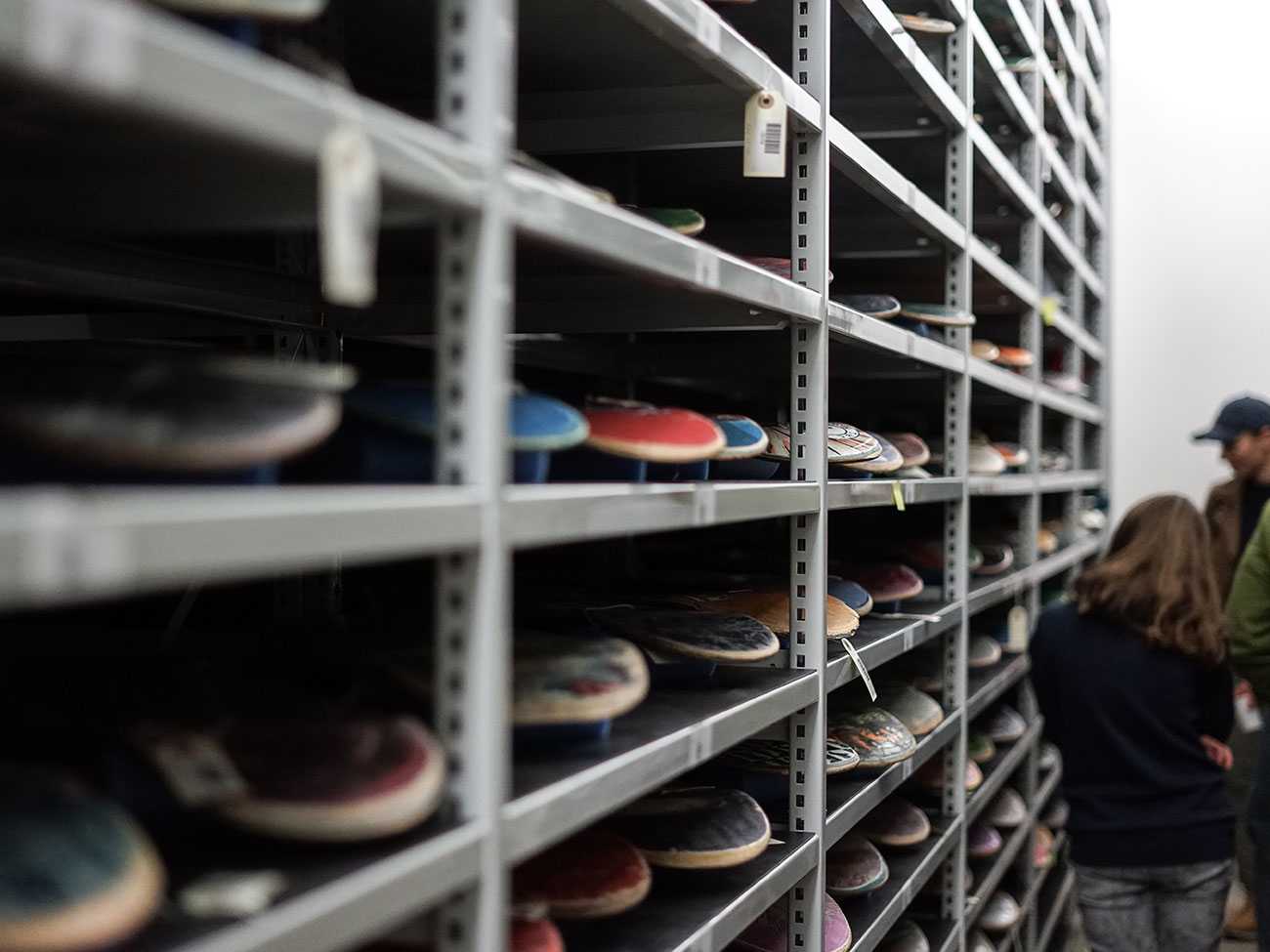 Découvrir
DécouvrirDes plages de Californie au Mucem : La culture skateboard au musée
José de Matos, Tony Hawk, Mark Gonzales… ces noms, qui parlent à tous ceux et toutes celles qui ont un jour skaté, sont ceux de skateurs historiques présents sous plusieurs formes dans les collections du Mucem. Certains d’entre eux ont donné des skateboards, des équipements ou des souvenirs aux musées, tandis que d’autres sont évoqués grâce à des skateboards griffés à leur nom.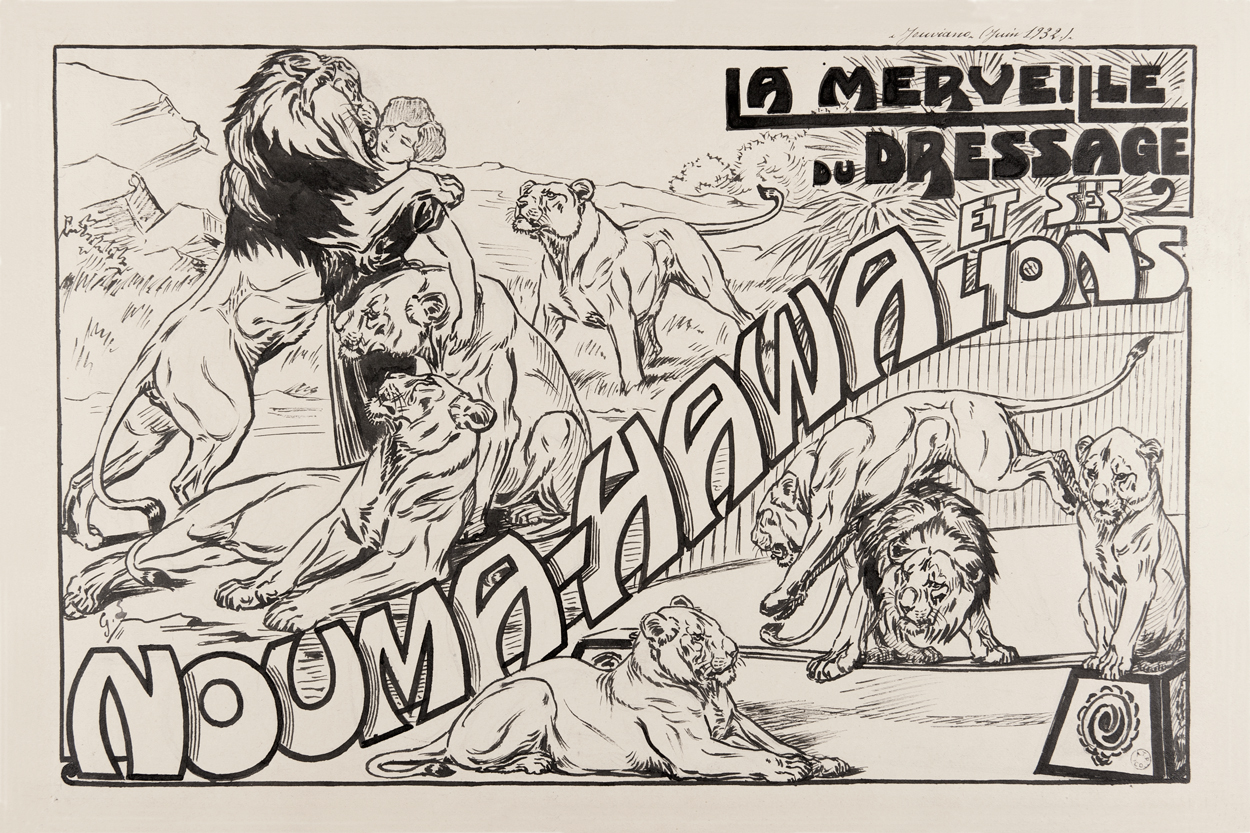 Découvrir
DécouvrirDessine-moi un lion
L’art animalier de Gustave Soury
Gustave Soury (1844—1966) est un dessinateur, peintre, affichiste et publicitaire qui s’est spécialisé dans l’art animalier à destination des cirques et ménageries foraines.
Son œuvre gigantesque et minutieuse, dominée par la figure des grands fauves, témoigne de sa passion, mais aussi de la fascination de notre société urbaine pour les animaux exotiques, leur sauvagerie effrayante et leur intimité attendrissante. Découvrir
DécouvrirDu café
Le café (qahwa en arabe, terme aussi employé pour désigner le vin) nous est parvenu par le monde arabe et ottoman. Depuis les plateaux d’Abyssinie, où la culture du caféier est attestée au XIIe siècle, le café traversa la mer Rouge pour être d’abord cultivé sur le littoral de «l’Arabie heureuse» (Yémen actuel) puis sous les climats tropicaux des territoires des grands empires coloniaux à partir du XVIIe siècle. Appelé le «breuvage du diable» en raison de la couleur noire de son marc, dans lequel on pense pouvoir lire l’avenir, le café a parfois été discrédité par les médecins pour ses effets néfastes sur la santé (boisson jugée antiphysiologique et addictive).
Aujourd’hui, le café est la deuxième boisson consommée le plus au monde après l’eau, mais toujours en concurrence avec le thé.
Les riches collections du Mucem associées au café témoignent des différentes manières de préparer et de consommer cette boisson depuis le XVIIIe siècle, dans l’espace domestique et dans l’espace public. Elles évoquent aussi les lieux de sociabilité que sont devenus les cafés.




